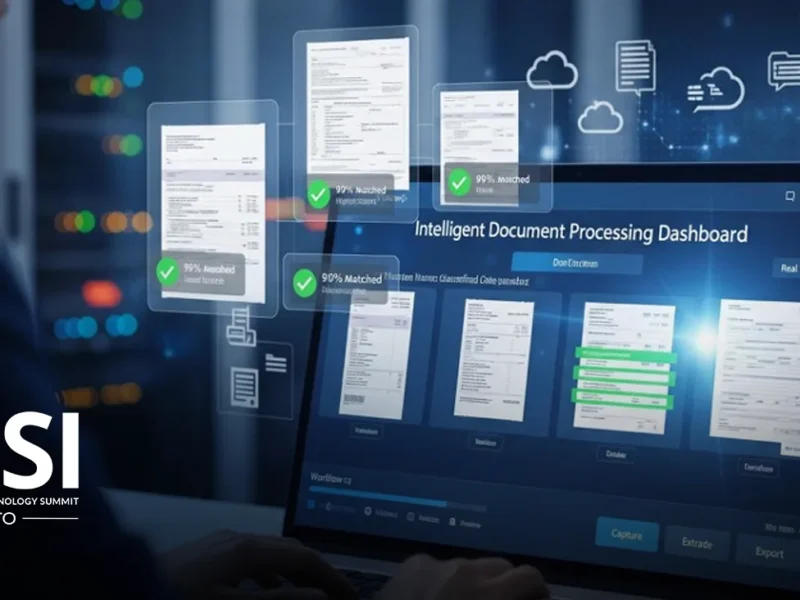Introduction
The banking, financial services, and insurance (BFSI) sector is undergoing a major transformation fueled by big data analytics. Traditional decision-making processes, often reliant on historical reports and intuition, are being replaced by data-driven strategies that enhance efficiency, mitigate risk, and improve customer experiences.
By leveraging data analytics in the banking industry, institutions can gain actionable insights from massive volumes of structured and unstructured data. These insights empower leaders to make informed strategic, operational, and customer-centric decisions in real time.
In this blog, we explore the role of data analytics in banking and financial services, highlight recent case studies, and explain how big data analytics is shaping the future of BFSI.
Understanding Big Data Analytics in BFSI
Big data analytics refers to the process of collecting, processing, and analysing large and complex datasets to extract actionable insights. In the BFSI sector, this encompasses:
- Customer data: Transaction histories, behaviour patterns, and social media interactions.
- Market data: Stock prices, trading volumes, and market sentiment indicators.
- Operational data: Branch performance, ATM usage, and workflow metrics.
- Risk data: Credit scores, fraud patterns, and regulatory compliance information.
By combining these data sources, BFSI institutions can uncover patterns, predict trends, and optimize decision-making across operations, risk management, and customer engagement.
Key Applications of Data Analytics in Banking and Financial Services
- Risk Management and Fraud Detection
Data analytics helps banks identify high-risk activities and detect fraud in real-time. By analysing transaction patterns and behavioural anomalies, institutions can prevent losses and protect customer assets. Machine learning algorithms enable predictive modeling for credit risk assessment, ensuring smarter lending decisions.
- Personalized Customer Experiences
With data analytics in the banking industry, institutions can create tailored products and services based on individual customer needs. From personalized offers to predictive loan suggestions, analytics enables banks to engage customers more effectively and improve retention.
- Operational Efficiency
Analysing internal workflows and resource allocation helps banks streamline processes, reduce costs, and optimize staffing. Predictive maintenance of ATMs and automated fraud checks are practical examples of operational improvements driven by analytics.
- Regulatory Compliance and Reporting
Regulators demand timely and accurate reporting of financial data. Big data analytics automates compliance monitoring, reduces errors, and ensures adherence to global regulations such as Basel III, GDPR, and PSD2.
- Market Insights and Investment Decisions
Financial institutions can analyse market trends, customer sentiment, and historical patterns to make informed investment decisions. Predictive analytics helps portfolio managers optimize risk-adjusted returns.
Case Study: JPMorgan Chase – Leveraging Big Data for Smarter Lending
JPMorgan Chase has implemented advanced data analytics in banking and financial services to enhance its lending operations. By analysing transaction histories, spending behaviour, and credit patterns, the bank improved its loan approval process and reduced default rates.
Key outcomes include:
- Faster loan processing through automated decision-making.
- Improved risk assessment using predictive credit scoring models.
- Enhanced customer satisfaction by offering tailored loan products.
This case exemplifies how big data analytics empowers BFSI institutions to make smarter, faster, and more customer-centric decisions.
Benefits of Implementing Big Data Analytics in BFSI
- Data-Driven Decision-Making: Replacing intuition with actionable insights improves accuracy and efficiency.
- Enhanced Customer Insights: Analytics provides a deeper understanding of customer behaviour, preferences, and needs.
- Improved Risk Management: Predictive analytics reduces exposure to financial fraud and credit defaults.
- Operational Optimization: Identifying inefficiencies helps banks streamline operations and reduce costs.
- Competitive Advantage: Institutions leveraging analytics gain an edge in innovation, customer engagement, and strategic planning.
Challenges in Adopting Data Analytics
While the advantages are significant, BFSI institutions face challenges in implementing big data analytics:
- Data Quality: Ensuring clean, structured, and accurate data is critical for reliable insights.
- Privacy and Security: Protecting sensitive financial and personal data is paramount.
- Integration with Legacy Systems: Many banks still operate with outdated core systems, making analytics implementation complex.
- Skill Gaps: Hiring and retaining data scientists and analytics professionals remains a challenge.
Overcoming these challenges is essential to harness the full potential of data analytics in the banking industry.
Future Trends in Data Analytics for BFSI
- AI-Driven Analytics: Artificial intelligence and machine learning models will enhance predictive capabilities, fraud detection, and customer personalization.
- Real-Time Analytics: Banks will increasingly leverage real-time data for instant decision-making, improving customer experience and operational efficiency.
- Open Banking Analytics: APIs enable secure data sharing between financial institutions and third-party providers, unlocking new insights and services.
- Blockchain and Analytics Integration: Blockchain data combined with analytics can improve transparency, traceability, and compliance.
- Embedded Analytics: Analytics embedded within banking software will allow front-line employees to make smarter decisions without leaving their workflow.
Case Study: Capital One – AI and Analytics Integration
Capital One has embraced AI-driven analytics to transform its credit card operations. By analyzing millions of transaction records and customer interactions, the bank can:
- Predict potential fraud before it occurs.
- Offer personalized financial advice to cardholders.
- Optimize credit limits and rewards programs based on predictive insights.
This demonstrates the powerful synergy between big data analytics and AI in enhancing decision-making and customer engagement in BFSI.
Conclusion
Data analytics in banking and financial services is no longer optional—it is essential for survival and growth in the competitive BFSI sector. By leveraging big data, institutions can:
- Make informed and timely decisions.
- Enhance customer experiences through personalization.
- Improve risk management and compliance.
- Streamline operations and reduce costs.
As the growth of the fintech industry continues, the adoption of advanced analytics tools will become a differentiator for banks and financial institutions worldwide. BFSI organizations that embrace data-driven strategies today are well-positioned to thrive in the increasingly digital and competitive financial landscape.


